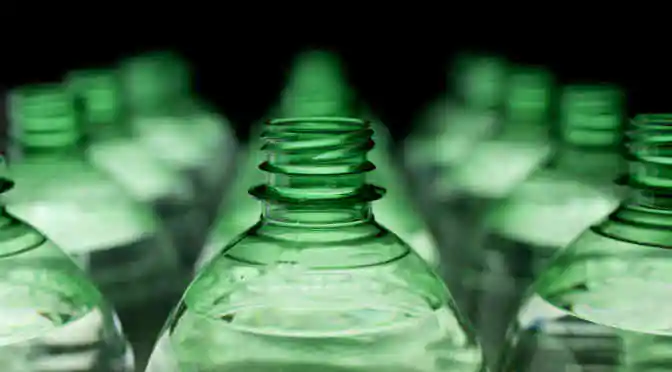In an eco-conscious world, polymer based, non-degradable plastics are an eyesore. These might have helped build important facets of today’s world- as a resilient packaging material, construction material, host for electronic components, etc.- but their despicable habit of piling up cannot be ignored anymore. This, proves an opening for the fledgling bioplastics market, with degradability being its best USP.
 As a player in the plastics industry, should you be concerned? According to recent research, the global demand for bioplastics is estimated to hit approximately 5.3 million metric tons by the year 2020. This number is 6x times greater than the confirmed demand in 2010. Assisted by a global push for eco-friendly materials and practices, the bioplastics’ market growth is never in question.
As a player in the plastics industry, should you be concerned? According to recent research, the global demand for bioplastics is estimated to hit approximately 5.3 million metric tons by the year 2020. This number is 6x times greater than the confirmed demand in 2010. Assisted by a global push for eco-friendly materials and practices, the bioplastics’ market growth is never in question.
Durable vs. degradable bioplastics, which is better?
Bioplastics materials come in two distinct varieties- durable bioplastics comprise of upto 30% ethanol sourced from plant material and is mostly an eco-friendly replacement for the traditional PET bottles and similar plastic-based containment units for foods and beverages. These aren’t biodegradable plastic but can be recycled and are eco-friendly in terms of their manufacturing regimen.
The next variety are the biodegradable bioplastics. The most popular example of the latter is PLA (polylactic acid) and yes, these do degrade naturally in the environment and can be composted. As can be expected, PLA is just what will appeal to your eco-conscious demographic and is a significant contributor to the bioplastics’ market growth.
No prizes for guessing that the days of the non- biodegradable plastic, those synthesized from petroleum products, are definitely numbered. And herein too, bioplastics manufacturing processes that will result in PLA and PHAs (polyhydroxyalkanoates) like plastics will find more acceptability and investments. These polyesters are touted as 100% biodegradable, and just as robust and durable as the traditional petroleum-based plastics.
Biodegradable plastics, really?
As the heir in waiting, bioplastics have a squeaky-clean reputation to maintain. However, not everything in the sales pitch is accurate. For instance, in a vast majority of cases, biodegradable plastics will only ‘naturally’ break down under high temperatures in an industrial composting facility (and not in your average backyard compost pit). Another problem is in terms of the cyclic value- production of plastics from biodegradable materials is a time, energy and money intensive operation and the prospect of returning it back to the soil where it will vanish forever seems like a colossal waste.
Herein, the first statement reads as if the bioplastics manufacturers are misleading their target demographic. Unless a viable solution is invented for this problem, and soon, the eventual widespread awareness about the difficulties in composting these biodegradable plastics could potentially bring the traditional plastics industry back. Remember, for all their virtues, bioplastics materials are costlier than their environmentally harmful counterparts, and that could be a factor that most cost-conscious buyers may not choose to ignore.
Back to the drawing board, or jumping right in?
The numbers speak for themselves, the bioplastics market is set to explode in the near future and the erstwhile harmful plastics will be rendered an antiquated commodity. With continual innovations in the bioplastics manufacturing process, it can be expected that most of the chinks would have been ironed out and positive public opinion would have contributed to the bioplastics’ market growth.
Can you afford to sit out this revolution? With an expected worth projected to exceed USD 30 billion by 2020, the bioplastics market is definitely heating up and is all set to affect a paradigm shift in how the world manufactures, utilizes and disposes off its plastics.



